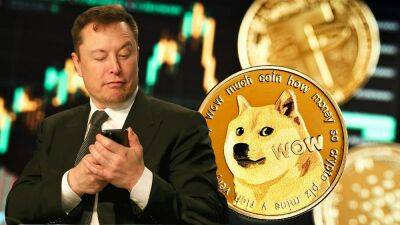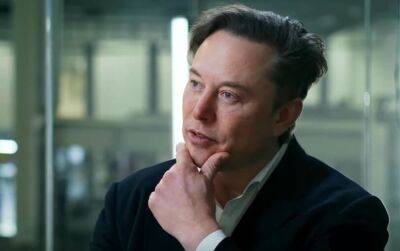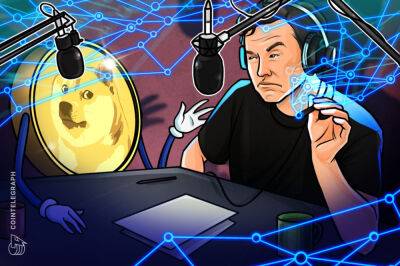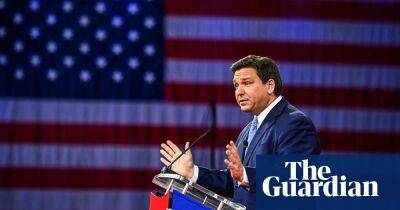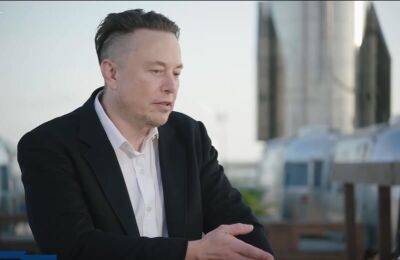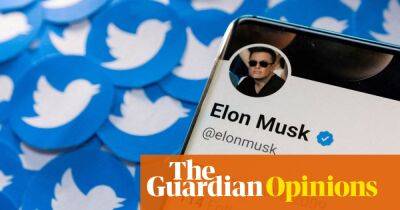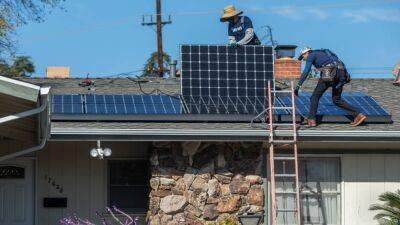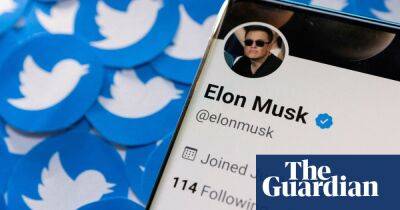Elon Musk and Twitter: a timeline of the $44bn deal that threatens to crumble
Elon Musk on Monday made his most viable threat yet to walk away from a $44bn deal to buy Twitter, accusing the company of committing a “material breach” by failing to disclose the number of bots on the platform.
The letter was published on the website of the US financial watchdog on Monday. He had previously tweeted that the deal “cannot move forward” until the spam and fake account issue had been resolved.
His move is the most concrete to suggest he may be reneging on his deal to purchase the social media platform and is the latest in a long and winding saga between the Tesla executive and the social media platform.
So, how did we get here?
In a 4 April filing to the US Securities and Exchange Commission (SEC), Musk said he had bought up almost $3bn in Twitter shares, making him the platform’s largest shareholder with a 9.2% stake. (Shortly after, Vanguard group surpassed him, now owning 10.3% of the company, and remains the largest shareholder).
On 5 April, Twitter announced Musk would be joining the board, a move that was quickly reversed when he declined the appointment and offered to buy the company outright and take it private. His offer was $44bn, or $54.20 a share – 38% higher than Twitter’s 1 April close.
Scrambling, Twitter’s board was poised to implement a “poison pill” policy, which would allow existing shareholders to buy stocks at a substantial discount in order to dilute the holdings of new investors and prevent the sale. However, negotiations between Musk and the board appeared to change that – and a deal was approved on 25 April.
“Free speech is the bedrock of a functioning democracy, and Twitter is the digital town square where matters vital to the future of humanity are debated,” Musk said in a statement
Read more on theguardian.com









